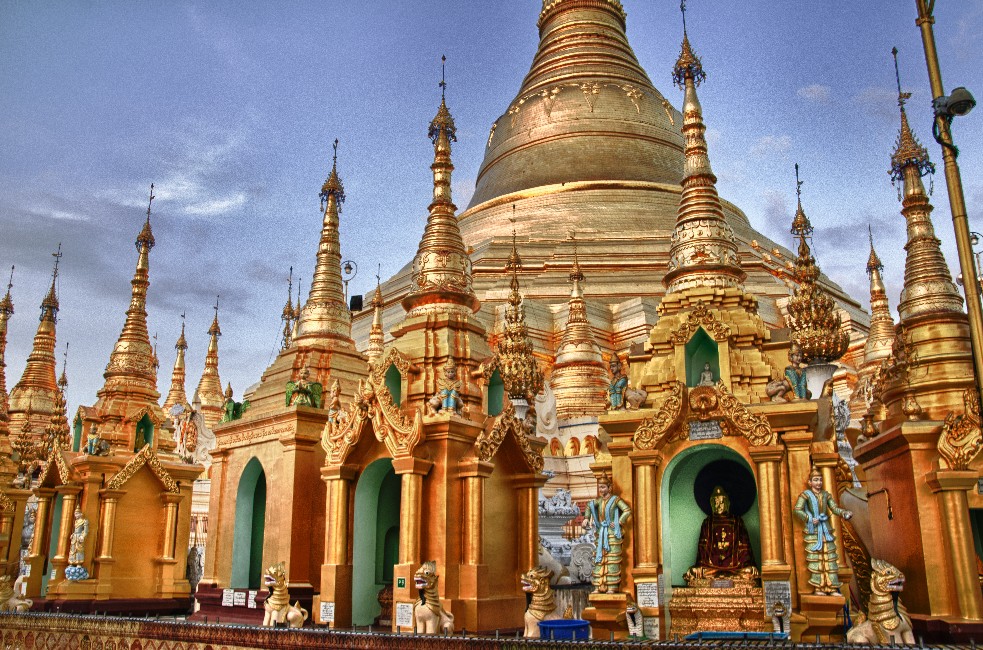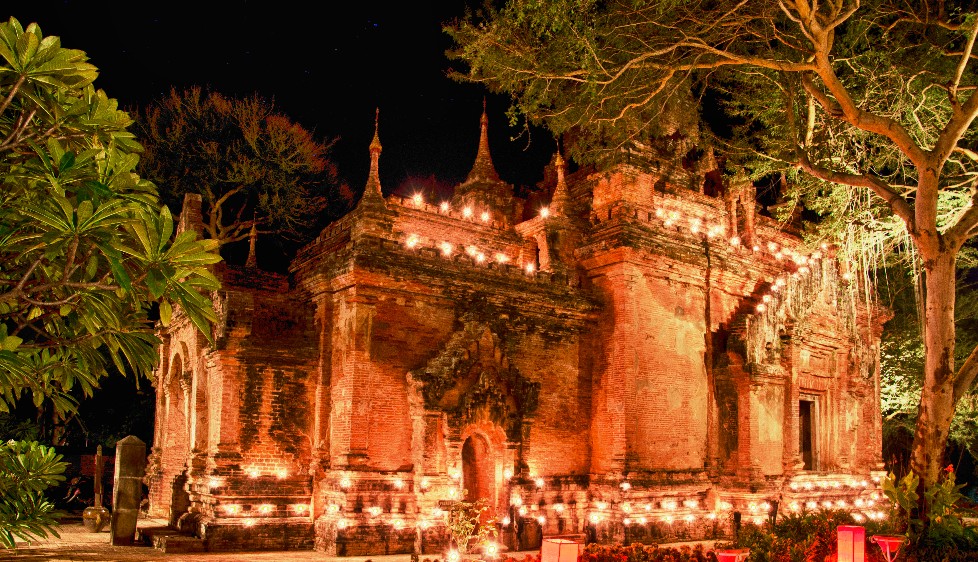Check out our Top Rewards Cards to boost your points earning and travel more!
Reader Glenn and The Rapid Traveler have been engaged in correspondence on Southeast Asia since the post on Cambodia’s Bantay Chhmar, the ‘second Angkor Wat’ with two tourists a day. Glenn shared stunning photos of Myanmar including Mrauk U that The Rapid Traveler was unable to visit. An album titled “HDR” with its eye popping images piqued the curiosity of The Rapid Traveler, much the photo novice.
Wikipedia describes HDR (high dynamic range imaging):
In image processing, computer graphics, and photography, high dynamic range imaging (HDRI or just HDR) is a set of techniques that allows a greater dynamic range between the lightest and darkest areas of an image than current standard digital imaging techniques or photographic methods. This wide dynamic range allows HDR images to represent more accurately the range of intensity levels found in real scenes, ranging from direct sunlight to faint starlight, and is often captured by way of a plurality of differently exposed pictures of the same subject matter.
In simpler terms, HDR is a range of techniques geared toward representing more contrast in pictures. Non-HDR cameras take pictures at a single exposure level with a limited contrast range. This results in the loss of detail in bright or dark areas of a picture, depending on whether the camera had a low or high exposure setting. HDR compensates for this loss of detail by taking multiple pictures at different exposure levels and intelligently stitching them together so that we eventually arrive at a picture that is representative in both dark and bright areas.
Glenn kindly shared his special recipe:
As for process…I shoot RAW format with a Nikon D7000. You set the camera to aperture priority mode so that it stays constant. I usually pick around f8 or 11, somewhere in there. I try to set the ISO as low as I can, usually 200 or so. I autobracket exposure in 2 stop steps. Since my camera only does a 3-shot autobracket that means -2,0,+2. That’s typically enough for most scenes to make sure you capture all of shadows and highlights. I use a tripod which is pretty much required. And I set the camera to the self-timer mode to try and eliminate any shake at all from me touching the camera. You can set the camera to take 3 shots in the timer mode so that covers all of the exposures. For post-production I use the Nik HDR Efx Pro plugin for Photoshop. It’s all pretty automated. They have presets that you can choose based on which one you like best and then there are sliders that you can use to tweak things.
Cambridge in Color has a detailed guide on the process for further reference.
The technical details are way beyond The Rapid Traveler, rather it is the images of the Shwedagon Paya and Bagan that have him fixated. The technique can be accused to be artificial looking but these constructions were intended to be seen in full CinemaScope and Technicolor and the HDR shots rekindle memories for The Rapid Traveler more vividly than even his own traditional photos of those two architectural treasures. Very cool. Cllick on the photos to view them in full resolution.
Check Out Our: Top Rewards Cards ¦ Newsletter ¦ Twitter ¦ Facebook ¦ Instagram




And a pleasure to meet you as well.
You should be aware that a number of cameras (including, I think, some point-and-shoot models) can now perform HDR photography automatically. You choose a single setting for HDR and the camera takes (usually) three exposures and assembles them on-the-fly, in the camera. The photo you wind up downloading from the camera is the HDR image.
Some cameras also use the same multi-exposure feature in a different way, to allow you to take better photographs in low light by snapping a series of pictures and blending them together to remove camera “noise” and reduce blur.
@LarryInNYC – thanks for the great info and a pleasure to meet you at the MilePoint event in NYC.